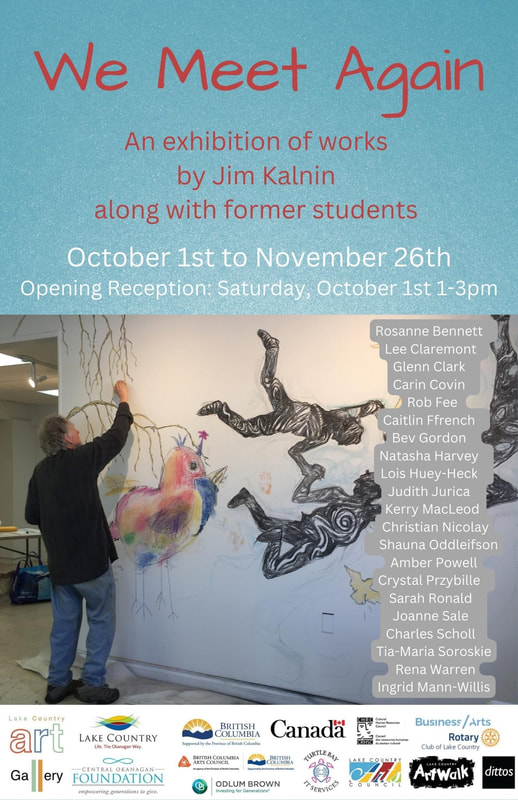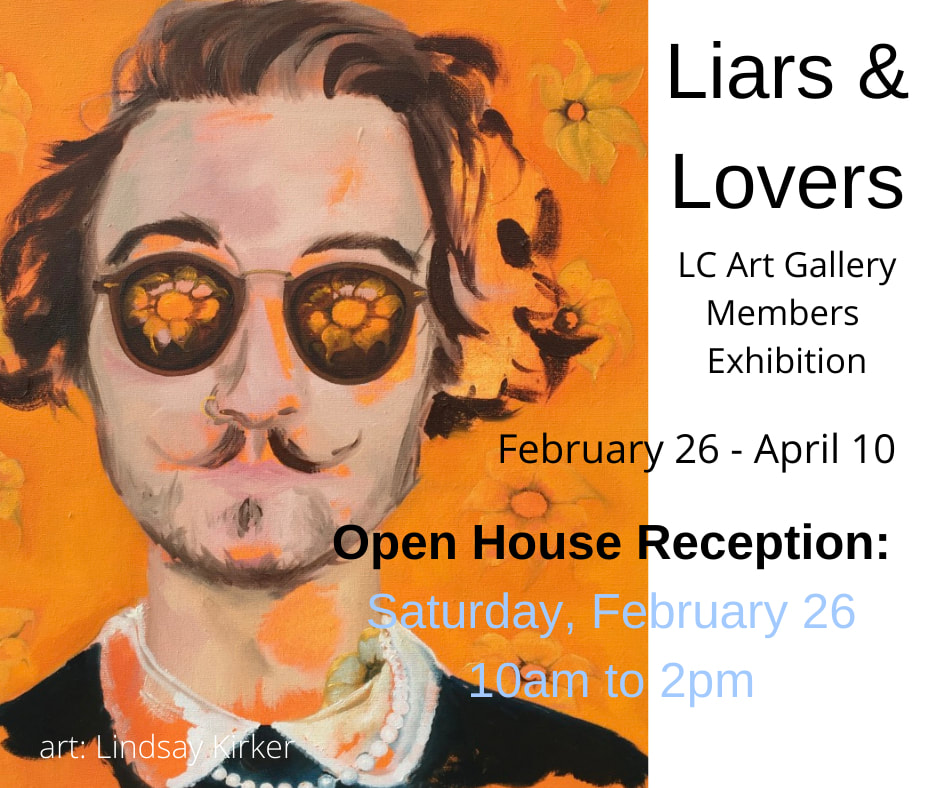Joice M. Hall,
Lindsay Lorraine,
Mary Smith McCulloch,
Rhonda Neufeld
January 7th to March 5th
In a CBC radio interview with Mary Pratt some years ago, Pratt tells the interviewer about the struggle between motherhood and being an artist. She describes making healthy meals for her children, watching them lovingly as they eat the food she prepared just for them, and simultaneously wishing them to hurry and finish so she could continue painting at the kitchen table.
This tug between being a mother and an artist is rarely discussed in art and society. Filmmaker Pamela Tanner Boll made a documentary released in 2008 titled, Who does she think she is? Boll follows five women who reject society's pressure to choose between motherhood and professional artistic practice. Economics, responsibility, family, independence, creative drive, and social norms add to the larger conversation of women's representation in the male-dominated art world.
the State(s) of Being features the work of career artists Janine Hall, Joice Hall, Lindsay Lorraine, Rhonda Neufeld, and Mary Smith McCulloch.
These five artists have a professional art practice while still fulfilling the challenges, responsibilities and joys (and sometimes not so much joy) of motherhood. This exhibition makes time and space to support and reinforce the role of women artists and asks why to this day, women are still underrepresented in the art world.













